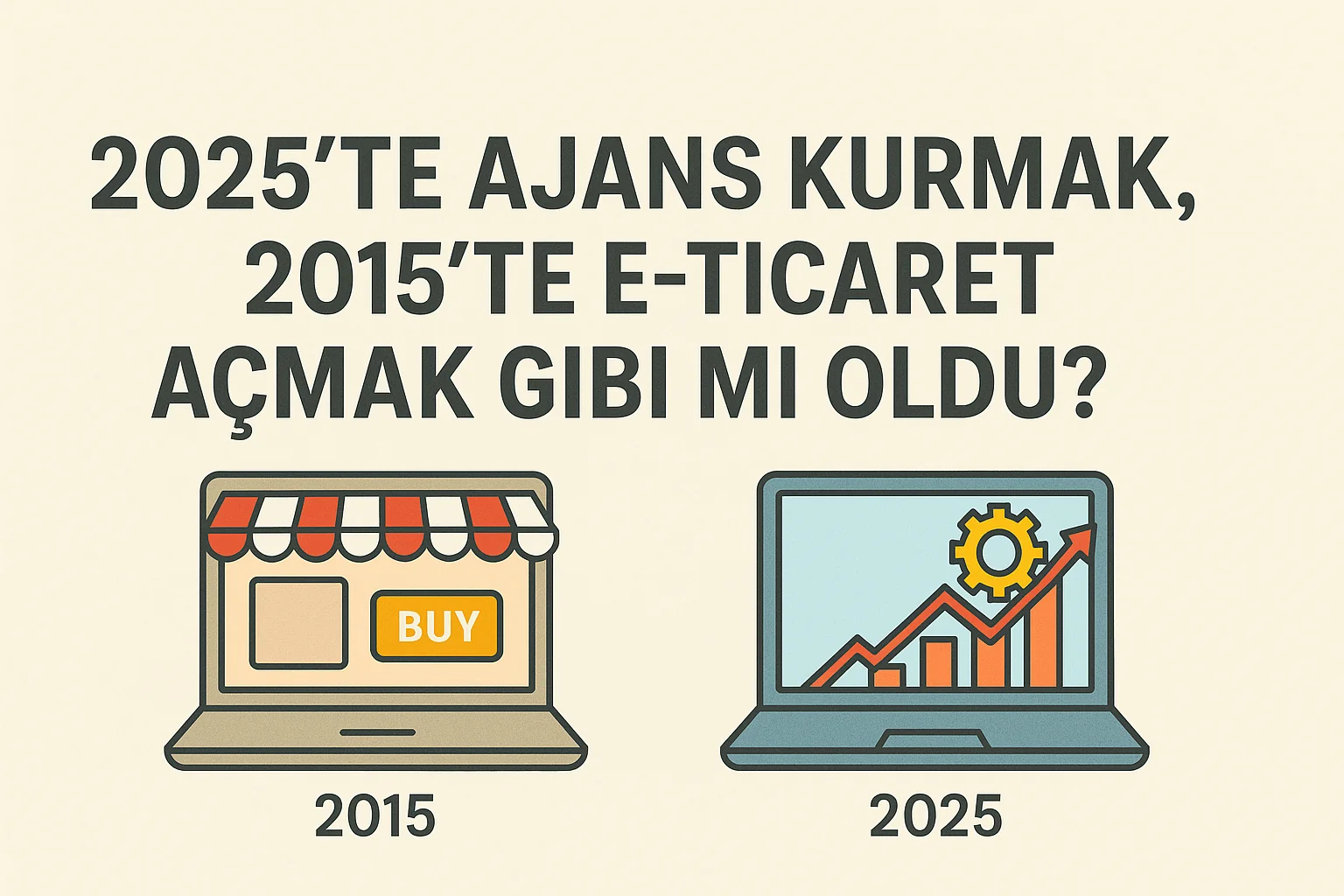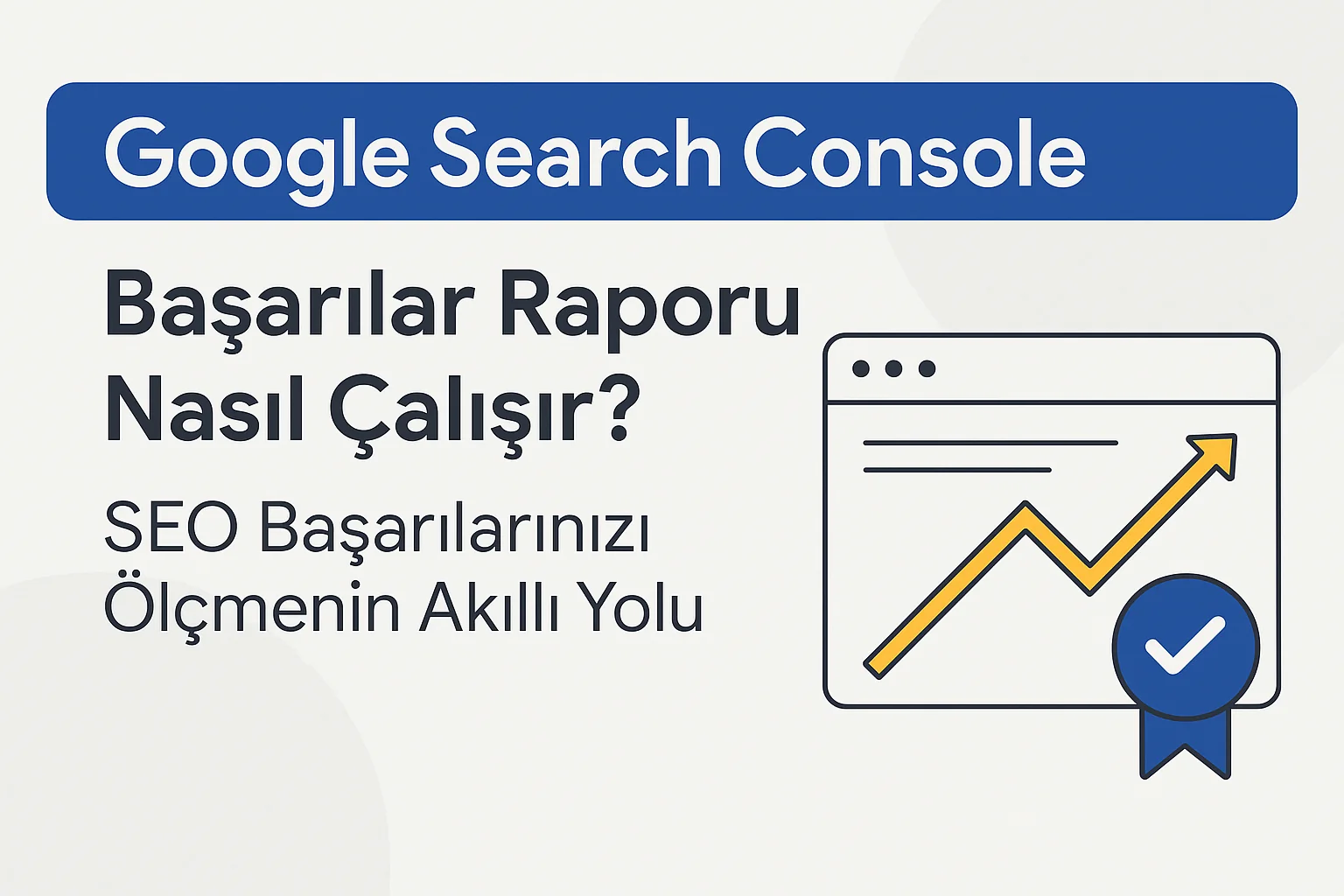Local SEO is the process of search engine optimization to make a business more visible in a specific geographic area. This strategy is especially important for businesses with a physical store or service area.
Google My Business Optimization
1. What is Google My Business?
Google My Business (GMB) is a free tool that allows your business to appear in local searches on Google and on Google Maps. Filling out your GMB profile correctly and completely is critical for local SEO.
2. Filling and Optimizing the GMB Profile
- Business Name, Address and Telephone Number (NAP): Make sure your business name, address and phone number are correct and consistent.
- Categories: Select the main and secondary categories in which your business operates.
- Description: Include a description that introduces your business in a clear and attractive way.
- Working Hours: Include your current working hours.
- Photos and Videos: Make your business look more attractive by adding high-quality photos and videos.
- Customer Reviews: Respond to customer reviews and try to collect new reviews.
NAP Consistency (Name, Address, Phone)
1.Consistency of NAP Information
Your business name, address and phone number (NAP) information should be consistent across all online platforms. This not only increases the trust of search engines, but also ensures that users get the right information.
2. Listing in Local Directories
List your business on local business directories (Yelp, Foursquare, Yellow Pages, etc.) and make sure your NAP information is consistent. The information in these directories can positively impact your local SEO.
Local Keyword Research
1.What are Local Keywords?
Local keywords are search terms that are associated with a specific geographical area. For example, terms such as "Istanbul hairdresser" or "Ankara best restaurant" are examples of local keywords.
2.Local Keyword Usage
- Title Tags and Meta Descriptions: Use local keywords in title tags and meta descriptions.
- Page Content: Incorporate local keywords naturally into page content.
- URL Structure: If possible, include local keywords in URLs.
Local Content Creation
1. Locally Focused Blog Posts
Create blog posts that focus on the region where your business is located. This could be about local community events, news or regional trends. Your local content engages your audience and boosts your local SEO.
2. Regional Landing Pages
For businesses with multiple locations, create separate landing pages for each location. These pages should include content, services and customer testimonials specific to each region.
Local Backlink Acquisition Strategies
1. Local Collaborations and Sponsorships
Sponsor local events or partner with local businesses to gain local backlinks to your site. These backlinks show search engines that your business is a local authority.
2. Local Press Releases
You can get local backlinks to your site by publishing press releases on regional news sites or in local newspapers. This not only increases your local visibility but also contributes to SEO.
Mobile Compatibility
1.Importance of Mobile Compatibility
Most local searches are done from mobile devices. Therefore, making your website mobile-friendly is critical for local SEO. Sites that offer a fast and seamless mobile experience attract users and help you rank higher in local rankings.
2.Mobile Compatibility Test
Evaluate how well your site performs on mobile devices and make necessary improvements with Google's Mobile-Friendly Test tool.
Online Customer Reviews and Comment Management
1.Contribution of Comments to SEO
Positive customer reviews increase the credibility of your business and contribute positively to your local SEO rankings. Encourage your customers to leave reviews and respond to them in a professional manner.
2. Dealing with Negative Comments
Negative comments may be inevitable, but responding in the right way can help you protect your reputation. Contact the customer to resolve issues and take feedback on board.
Social Media and Local SEO
1. Social Media Interaction
Be active on social media platforms and engage with your community by sharing local content. Social media interactions can boost local SEO and increase local awareness of your business.
2. Optimizing Social Media Profiles
Make sure that NAP information is accurate and consistent across your business' social media profiles. Also, strengthen local SEO by using local keywords in your social media posts.
Local Search Ads
1. Local Search Ads with Google Ads
Create ads to stand out in local search results using Google Ads. This can increase the visibility of your business, especially in highly competitive areas.
2. Social Media Ads
On social media platforms such as Facebook and Instagram, run ads targeting a specific geographical area. This allows you to reach your local customer base directly.






